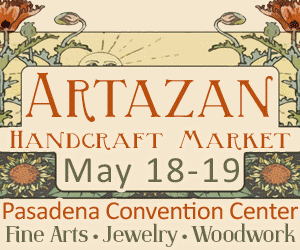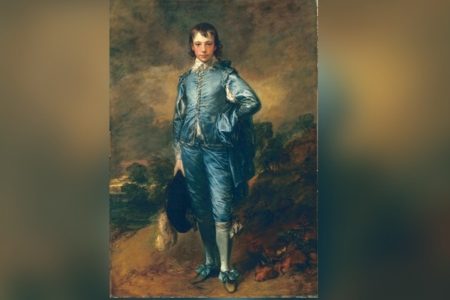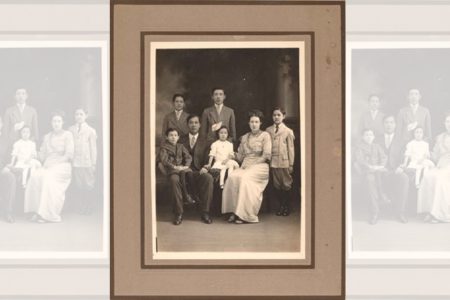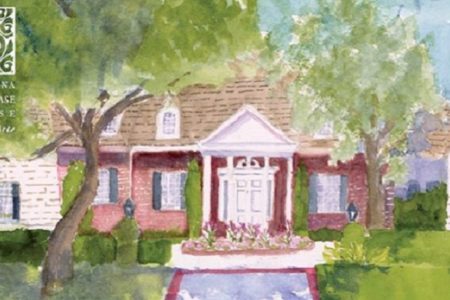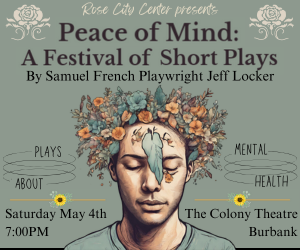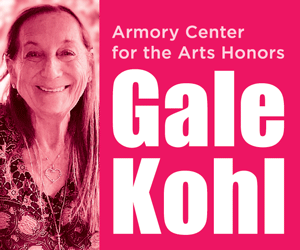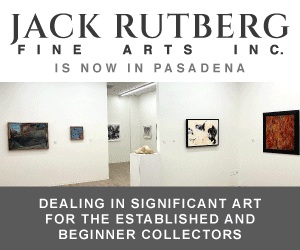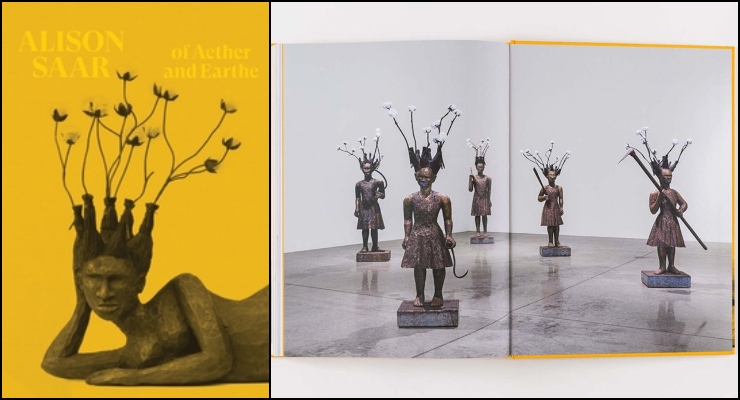
Artist Alison Saar’s “Of Aether and Earthe,” described as “work connected to myths and archetypes, invisible bodies and hidden histories, and timeless paradigms of grounding and transformation,” will be exhibited at the Armory Center for the Arts in Pasadena in January.
The Armory and the Benton Museum of Art at Pomona College (formerly Pomona College Museum of Art) are partnering to present the exhibition of the Los Angeles-based artist, who is the daughter of famed artist Betye Saar, who lived in Pasadena and attended Pasadena City College.
Although a formal date has not yet been set, the Armory is already announcing the show on its website.
“‘Alison Saar: Of Aether and Earthe’ — one exhibition at two venues — surveys Saar’s sculptures and installations,” the Armory writes.
“With her use of distinctive forms and materials, Saar creates powerful figurative sculptures that activate histories and legacies of survival. The Armory will showcase Saar’s female figures that suggest elements of fire, air, and aether, while the Benton will highlight work that emphasizes grounded, earthly, and watery qualities,” according to the site.
The show at the Benton in Claremont is already installed and ready to open when the state’s coronavirus guidelines allow.
In an interview appearing Thursday in The New York Times, Saar spoke about her work and the influence her mother, now 94, had on her direction in life.
In conversation with New York Times reporter Jori Finkel, Saar spoke about her 2018 installation, “Topsy Turvy,” and how it reflected the mood of the country at the time.
“For your “Topsy Turvy” show in 2018 at L.A. Louver, you turned Topsy, the enslaved character from ‘Uncle Tom’s Cabin,’ into these fierce warrior girls. You even did a mixtape for the show, ‘Angry Songs for Angry Times.’ How would you describe the source of your anger, and was it tricky for you to channel or unleash it?” Finkel asked.
“I’ve always wanted my work not to just be angry but point toward some resolution or express some optimism,” Saar responded. “But it’s been harder and harder to come up with something positive. After Obama was elected, we started seeing these horrible things bubbling up on social media — about growing watermelons at the White House or casting him and Michelle as monkeys.
“Since then, with Trump and the white supremacists, things have been getting even darker and more frightening. In ‘Topsy Turvy,’ the last piece was ‘Jubilee,’ a figure cutting her hair off and dancing, removing the social shackles and all the pain we are carrying around. But it’s still a painful piece in my eyes. I basically stopped worrying about putting out a positive message anymore; I felt that it was OK to express being furious.”
Saar’s mother, Betye Saar, who is considered “a legend” in the world of contemporary art who was a part of the Black Arts Movement in the 1970s, “which engaged myths and stereotypes about race and femininity,” according to a Los Angeles Times story about her life and work. Her work is considered highly political, ”as she challenged negative ideas about African-Americans throughout her career; Betye Saar is best known for her artwork that critiques American racism toward blacks,” states a 2018 biography on her life and work.
Ending the interview, Finkel asked Saar whether she, being a member of a family of artists, ever thought of another career.
“I really wanted after high school to get out from under the shadow of my mother’s reputation. So when I was studying at Scripps, I worked with Dr. Samella Lewis and was looking to be an art historian specializing in the African diaspora and non-Western culture,” Saar said.
“I did a dual major: fine arts and art history,” she said. “I just think, at the end of it, I felt I was better suited to making art than writing about it. It was more gratifying. It was something I had been trained to do all my life.”




